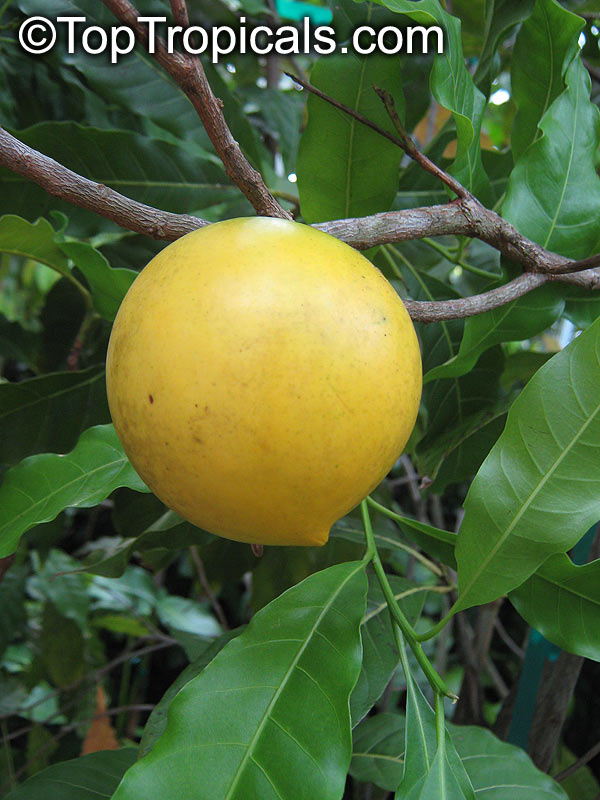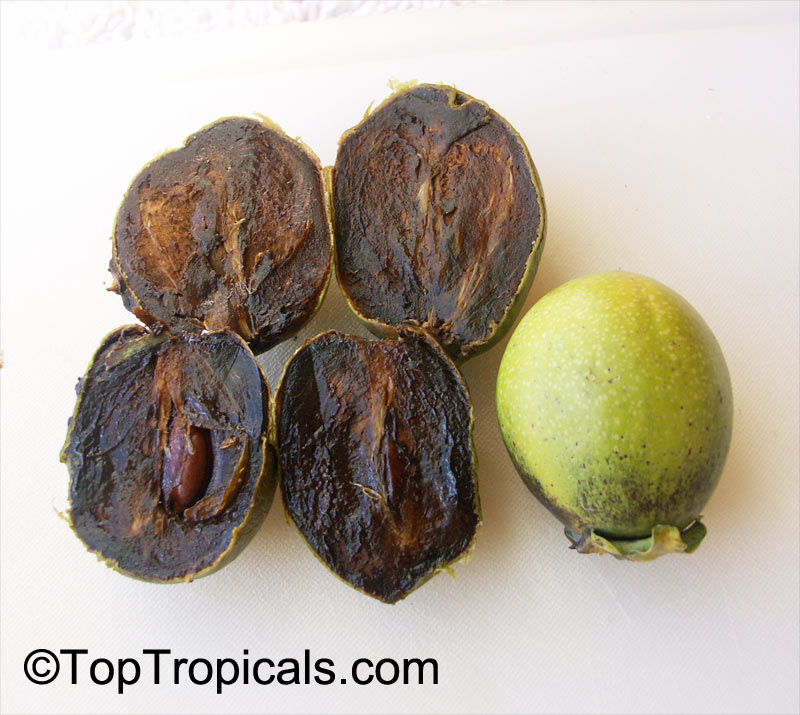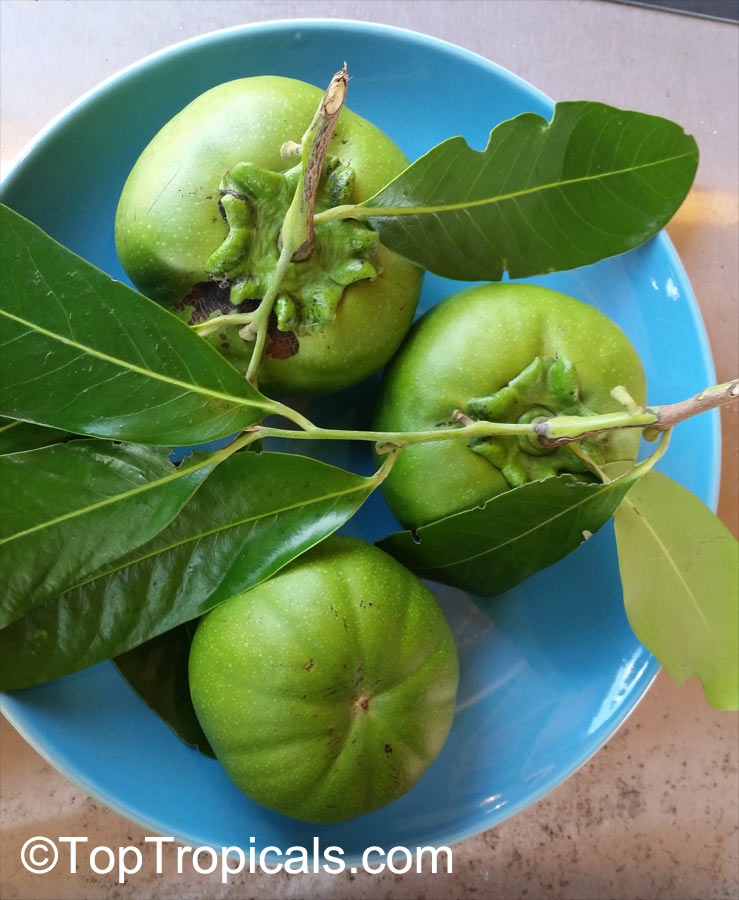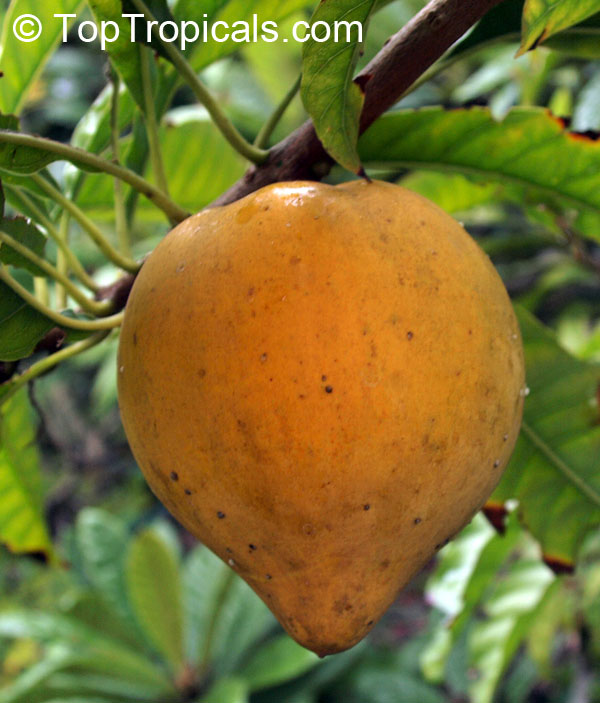SAPOTE





Recommended Fertilizer: SUNSHINE C-Cibus - Crop Nutrition Booster
SUNSHINE-Honey - sugar booster
This item can not be shipped. Pick up only. We can provide local delivery around Ft. Myers or Sebring, Florida. Contact us for an estimate. Non-pickup orders are subject to restocking fees.
Last one






Recommended Fertilizer: SUNSHINE C-Cibus - Crop Nutrition Booster
SUNSHINE-Honey - sugar booster
Last one






Recommended Fertilizer: SUNSHINE C-Cibus - Crop Nutrition Booster
SUNSHINE-Honey - sugar booster





Recommended Fertilizer: SUNSHINE C-Cibus - Crop Nutrition Booster
SUNSHINE-Honey - sugar booster





Canistel, Eggfruit. Easy to grow, sweet exotic fruit. These plants are seedlings (planted 2021) from Bruce variety, fruiting size.
See Article about this plant:
Pouteria campechiana - Canistel, the curious heart-shaped Egg Super-Fruit.
The Canistel tree (Pouteria campechiana) is a small to medium-sized evergreen tree that thrives in tropical and subtropical regions. It has glossy green leaves and produces fruit several times a year once established. Hardy and low-maintenance, the tree is valued not only for its nutritious fruit but also as an attractive landscape addition for gardeners seeking an unusual, productive specimen.
Canistel, also called Eggfruit, is a tropical delicacy prized for its creamy, custard-like texture and sweet, rich flavor that's often compared to baked sweet potato or pumpkin pie. With its vibrant yellow to deep orange flesh and subtle eggy aroma, Canistel is a standout among exotic fruits. Grown in warm climates, this fruit is as nutritious as it is delicious.
Packed with beta-carotene, dietary fiber, and a range of vitamins and minerals, Canistel supports healthy vision, digestion, and immune function. It's perfect for blending into smoothies, baking into custards or pancakes, or even enjoyed fresh with a spoon. Naturally thick and velvety, it's a favorite in vegan recipes and tropical dessert creations.
Recommended Fertilizer: SUNSHINE C-Cibus - Crop Nutrition Booster
SUNSHINE-Honey - sugar booster





Canistel, Eggfruit. Easy to grow, sweet exotic fruit. These plants are seedlings (planted 2021) from Bruce variety, fruiting size.
See Article about this plant:
Pouteria campechiana - Canistel, the curious heart-shaped Egg Super-Fruit.
The Canistel tree (Pouteria campechiana) is a small to medium-sized evergreen tree that thrives in tropical and subtropical regions. It has glossy green leaves and produces fruit several times a year once established. Hardy and low-maintenance, the tree is valued not only for its nutritious fruit but also as an attractive landscape addition for gardeners seeking an unusual, productive specimen.
Canistel, also called Eggfruit, is a tropical delicacy prized for its creamy, custard-like texture and sweet, rich flavor that's often compared to baked sweet potato or pumpkin pie. With its vibrant yellow to deep orange flesh and subtle eggy aroma, Canistel is a standout among exotic fruits. Grown in warm climates, this fruit is as nutritious as it is delicious.
Packed with beta-carotene, dietary fiber, and a range of vitamins and minerals, Canistel supports healthy vision, digestion, and immune function. It's perfect for blending into smoothies, baking into custards or pancakes, or even enjoyed fresh with a spoon. Naturally thick and velvety, it's a favorite in vegan recipes and tropical dessert creations.
Recommended Fertilizer: SUNSHINE C-Cibus - Crop Nutrition Booster
SUNSHINE-Honey - sugar booster






Recommended Fertilizer: SUNSHINE C-Cibus - Crop Nutrition Booster
SUNSHINE-Honey - sugar booster
Last one






Recommended Fertilizer: SUNSHINE C-Cibus - Crop Nutrition Booster
SUNSHINE-Honey - sugar booster





Recommended Fertilizer: SUNSHINE C-Cibus - Crop Nutrition Booster
SUNSHINE-Honey - sugar booster






Recommended Fertilizer: SUNSHINE C-Cibus - Crop Nutrition Booster
SUNSHINE-Honey - sugar booster









